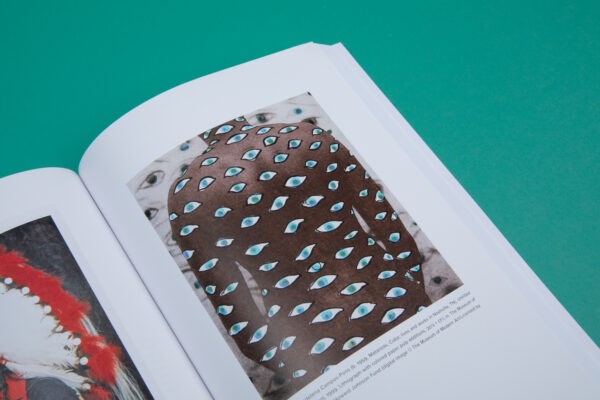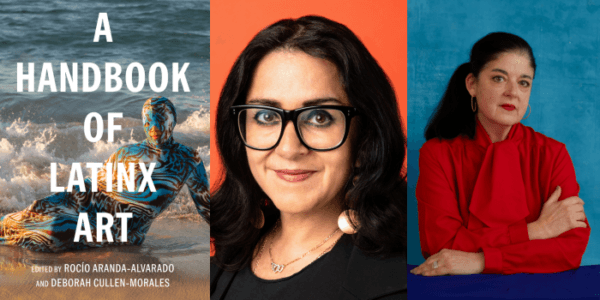About the Book
A curated selection of key texts and artists’ voices exploring US Latinx art and art history from the 1960s to the present.
A Handbook of Latinx Art is the first anthology to explore the rich, deep, and often overlooked contributions that Latinx artists have made to art in the United States. Drawn from wide-ranging sources, this volume includes texts by artists, critics, and scholars from the 1960s to the present that reflect the diversity of the Latinx experience across the nation, from the West Coast and the Mexican border to New York, Miami, and the Midwest.
The anthology features essential writings by Mexican American, Puerto Rican, Cuban American, Dominican American, and Central American artists to highlight how visionaries of diverse immigrant groups negotiate issues of participation and belonging, material, style, and community in their own voices. These intersectional essays cut across region, gender, race, and class to lay out a complex emerging field that reckons with different histories, geographies, and political engagements and, ultimately, underscores the importance of Latinx artists to the history of American art.
A Handbook of Latinx Art is the first anthology to explore the rich, deep, and often overlooked contributions that Latinx artists have made to art in the United States. Drawn from wide-ranging sources, this volume includes texts by artists, critics, and scholars from the 1960s to the present that reflect the diversity of the Latinx experience across the nation, from the West Coast and the Mexican border to New York, Miami, and the Midwest.
The anthology features essential writings by Mexican American, Puerto Rican, Cuban American, Dominican American, and Central American artists to highlight how visionaries of diverse immigrant groups negotiate issues of participation and belonging, material, style, and community in their own voices. These intersectional essays cut across region, gender, race, and class to lay out a complex emerging field that reckons with different histories, geographies, and political engagements and, ultimately, underscores the importance of Latinx artists to the history of American art.


